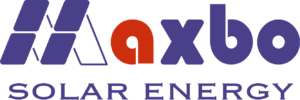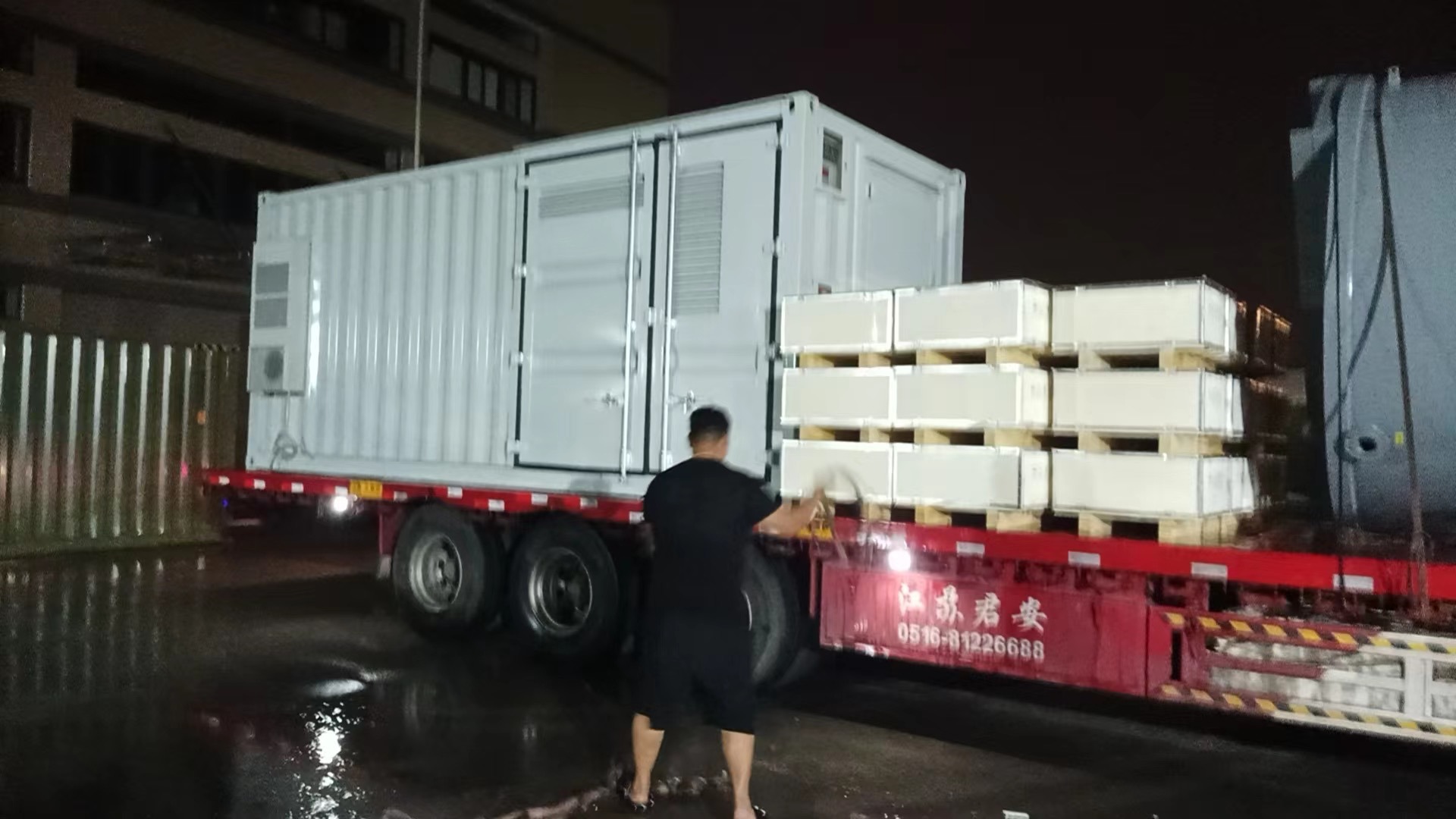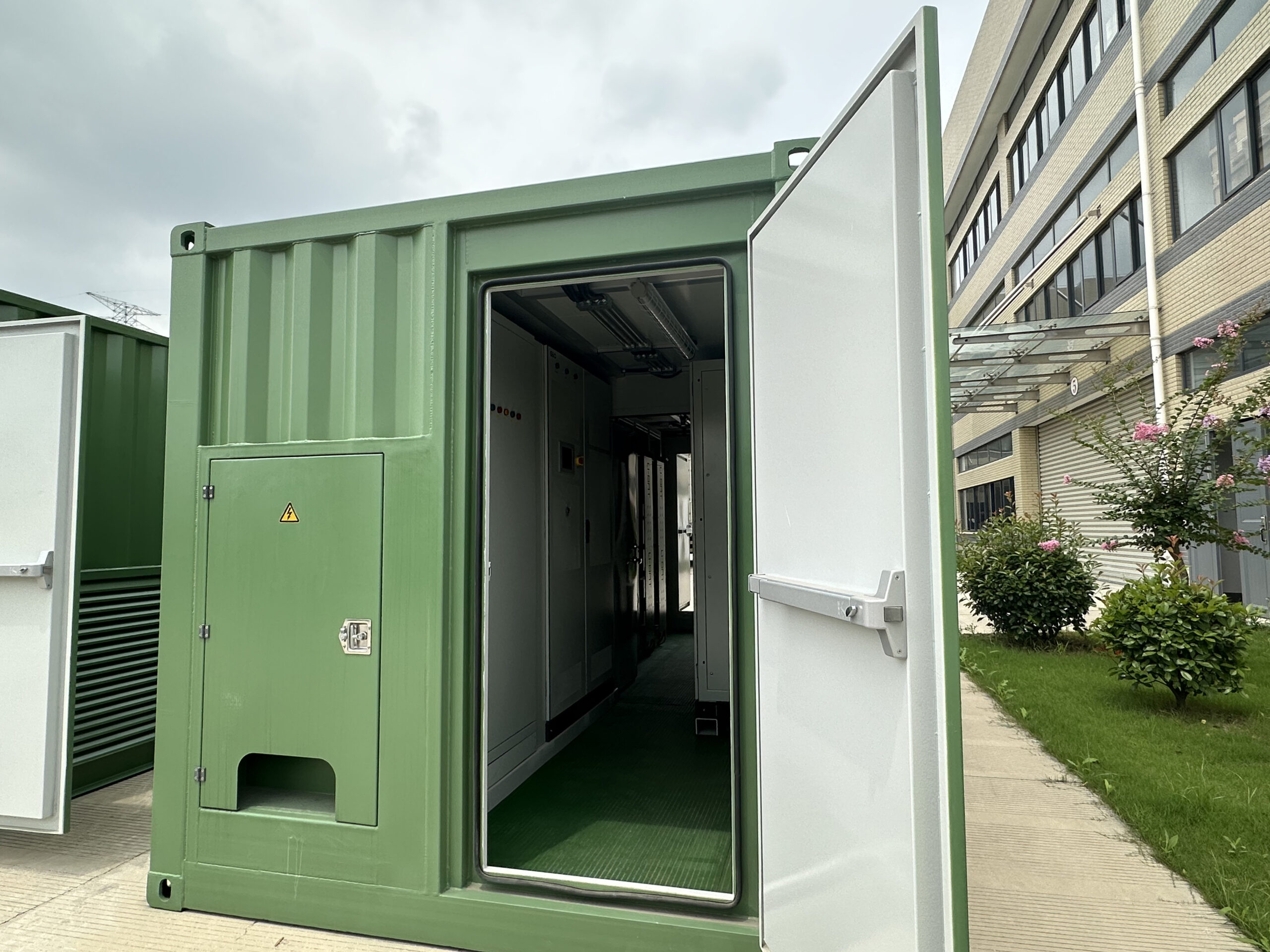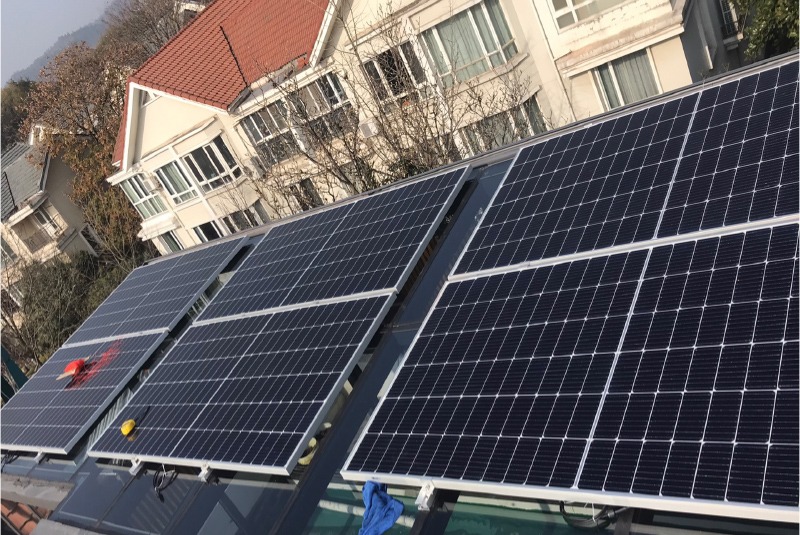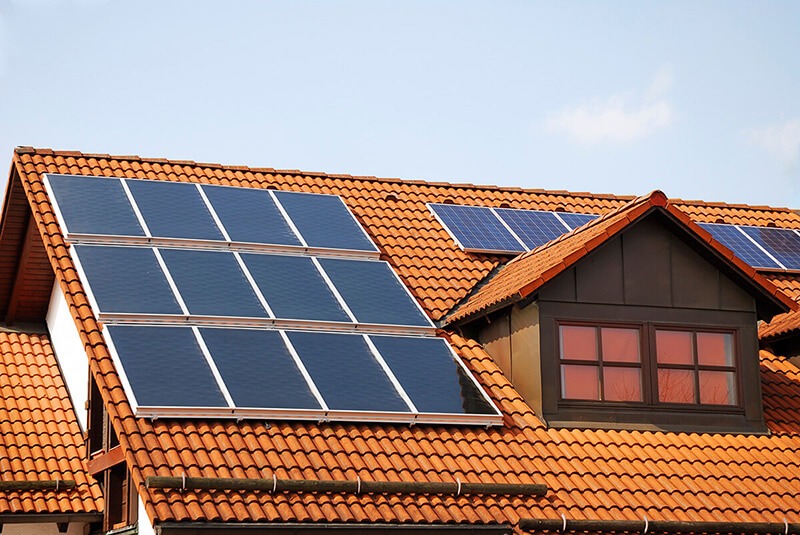Introduction
In an era characterized by a growing global demand for clean and sustainable energy sources, large solar power systems are emerging as a crucial player in the transition towards a greener future. To meet the increasing energy needs of our planet and reduce the reliance on fossil fuels, it is imperative to focus on enhancing the efficiency of these large solar systems and embracing cutting-edge technologies to maximize energy production. This article delves into the world of large solar power systems, exploring their efficiency, technological advancements, and the pivotal role they play in sustainable energy generation.
Efficiency in Large Solar Systems
Solar Panel Efficiency: The heart of any solar system is its photovoltaic (PV) panels. Enhancing the efficiency of these panels is a primary focus. Newer solar panel technologies, such as monocrystalline and thin-film panels, are more efficient at converting sunlight into electricity. These technologies capture more energy from the same amount of sunlight, maximizing energy production.
Tracking Systems: Solar tracking systems are designed to follow the sun’s path throughout the day, ensuring that solar panels are always positioned to receive maximum sunlight. These tracking systems can significantly improve energy output, especially in regions with varying sun angles.
Advanced Inverters: Inverters are essential components in converting the direct current (DC) generated by solar panels into alternating current (AC) for use in homes and businesses. Advanced inverter technologies, such as microinverters and power optimizers, boost the overall efficiency of the solar system by optimizing power output.
Energy Storage: The integration of energy storage solutions, such as lithium-ion batteries, allows large solar systems to store excess energy during sunny periods and use it during cloudy days or at night. This significantly improves system efficiency by minimizing energy wastage.
Technological Advancements
Next-Generation Solar Materials: Emerging materials like perovskite solar cells are promising breakthroughs in solar technology. Perovskite cells offer the potential for higher efficiency, lower production costs, and flexibility in design and integration.
Bifacial Solar Panels: Bifacial solar panels capture sunlight on both sides, making them more efficient by utilizing reflected and diffused light. They are increasingly being adopted in large solar systems to maximize energy generation.
Solar Concentrators: Concentrated solar power (CSP) systems use mirrors or lenses to concentrate sunlight onto a small area. These systems are particularly efficient for large-scale applications, such as solar farms in deserts.
Advanced Software and Monitoring: The use of sophisticated software and monitoring systems allows operators to track the performance of large solar systems in real-time. This technology aids in identifying and rectifying issues promptly, ensuring optimal energy production.
Robotic Cleaning Systems: Large solar installations can suffer from reduced efficiency due to dirt, dust, and debris accumulating on the solar panels. Robotic cleaning systems have been developed to automatically clean and maintain the panels, ensuring they operate at peak efficiency.
The Impact on Energy Production
The integration of these efficiency-enhancing technologies and advancements has a profound impact on energy production:
Increased Energy Output: Improved efficiency leads to a higher energy yield from the same solar panel area. This means large solar systems can generate more electricity, meeting the energy demands of a growing population and reducing the need for conventional power sources.
Grid Stability: Large solar systems contribute to grid stability by providing consistent and predictable power output. This is especially valuable as solar energy becomes a more significant part of the energy mix.
Reduced Environmental Impact: Enhanced efficiency means fewer solar panels are required to generate the same amount of electricity. This reduces land use and environmental impact, as well as the need for raw materials in panel manufacturing.
Economic Viability: Efficient large solar systems are not only environmentally friendly but economically attractive. Higher energy production per unit area results in a quicker return on investment, making solar projects more financially appealing.
Conclusion
Efficiency and technological advancements in large solar power systems are instrumental in driving the global transition to cleaner and more sustainable energy sources. These systems play a pivotal role in meeting the increasing energy demands of our planet while reducing our carbon footprint. As advancements in solar technology continue, we can look forward to large solar systems becoming more efficient and accessible, contributing to a brighter and greener future for all. Large-scale solar projects are not only environmentally responsible but also economically viable, representing a win-win solution for our energy needs and the environment.
If you want to customize your own photovoltaic solution today, please contact us.
